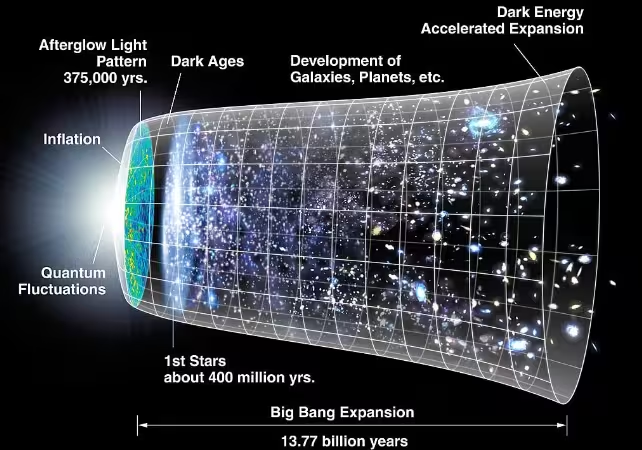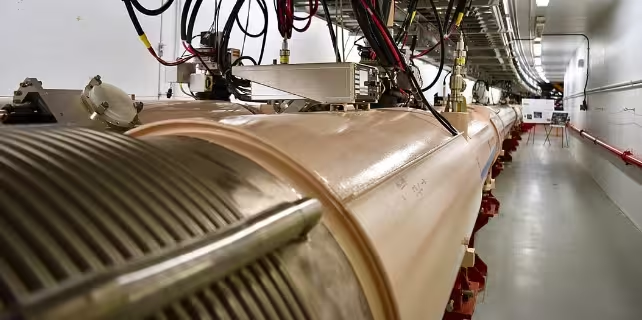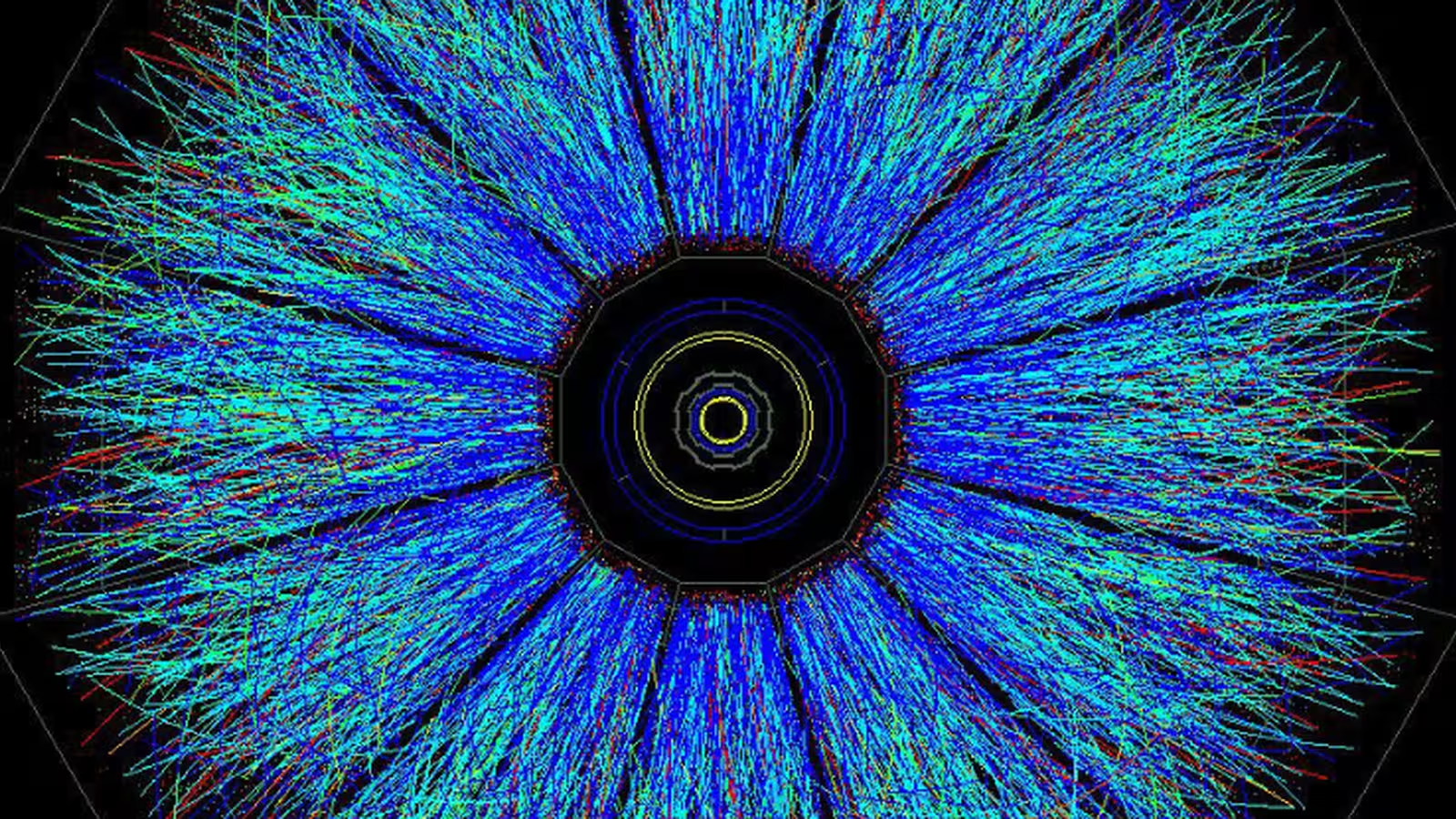4 Minutes
Probing the Birth of the Universe Through Collider Experiments
Scientists have taken a significant leap in our understanding of the Universe’s infancy by recreating and analyzing conditions similar to those that arose just microseconds after the Big Bang. A groundbreaking study, recently published in Physics Reports, sheds light on how the Universe’s heaviest fundamental particles, known as heavy quarks, respond and interact under these extreme environments. These findings not only enrich our knowledge about early cosmic evolution but also deepen our grasp of the fundamental forces that shape the cosmos as we know it.
Scientific Background: Heavy Quarks and the Quark-Gluon Plasma
The international research team, comprising experts from the University of Barcelona, the Indian Institute of Technology, and Texas A&M University, focused their investigation on particles that contain heavy quarks—specifically, charm and bottom quarks. These subatomic particles, which combine to form hadrons such as D and B mesons, belong to the category of the most massive known building blocks in particle physics.
Heavy quarks are of profound interest because their behavior reveals crucial properties of matter under conditions reminiscent of the early Universe. Unlike the relatively light up and down quarks found in protons and neutrons, heavy quarks are rare and only form in extremely energetic environments—such as those achieved in the world’s largest particle accelerators.

Recreating the Early Universe in the Laboratory
To simulate these formidable conditions, researchers utilize state-of-the-art particle accelerators like the Large Hadron Collider (LHC) at CERN and the Relativistic Heavy Ion Collider (RHIC). By smashing heavy atomic nuclei together at velocities near the speed of light, these experiments momentarily reproduce temperatures surpassing those at the Sun’s core by more than a thousandfold.
Such high-energy collisions briefly generate a unique state of matter termed the quark-gluon plasma. This primordial ‘soup’ of unbound quarks and gluons resembles the conditions of the Universe less than a millionth of a second after the Big Bang. As this ultra-hot plasma cools, it transitions into hadronic matter, forming familiar particles like protons and neutrons, along with less common baryons and mesons. Understanding this transition is key to piecing together the journey from that original chaos of particles to the structured atoms that compose the Universe today.
Heavy Quarks: Natural Probes in Extreme Matter
Heavy quarks play a pivotal sensory role in these experiments. Due to their large mass, they move slower than their lighter counterparts and respond distinctively to their surroundings, making them effective natural tracers within the quark-gluon plasma. As explained by Dr. Juan M. Torres-Rincón from the University of Barcelona: "Even after the system cools, heavy particles continue to interact, providing essential insights into how energy is lost and how matter behaves during the transition. Skipping this phase would leave a critical gap in our knowledge."
To illustrate, picture dropping a heavy object into a densely crowded swimming pool. After the initial splash, the object keeps interacting with the swimmers and water, impacting its journey even after the major waves settle. Similarly, heavy hadrons formed in collider experiments keep bumping into lighter particles, affecting observable properties like particle flow and energy dissipation.

Key Discoveries and Implications
Previous research mainly concentrated on the earliest and hottest quark-gluon plasma phase. However, this latest study reveals that the subsequent cooling step—when the plasma transforms into hadronic matter—is just as vital for understanding how subatomic particles lose energy and organize themselves. The complex interactions between heavy mesons (D and B mesons) and lighter particles significantly influence the data experimentalists observe, refining our models of the early Universe’s evolution.
These insights are crucial for interpreting results from current and future experiments. Streaming ahead, the team’s work paves the way for investigations at lower collision energies, such as those planned for the Super Proton Synchrotron at CERN and the upcoming Facility for Antiproton and Ion Research (FAIR) in Germany. Insights gained from these endeavors may help solve some of the biggest mysteries in modern cosmology and particle physics.
Conclusion
By recreating the Universe’s first microseconds in powerful collider experiments, scientists are uncovering how matter evolved from a primordial state into the complex structures that fill space today. Through detailed studies of heavy quark behavior, researchers are mapping the properties of hot, dense matter and the forces that govern its transformation. This research draws us closer to answering fundamental questions about the origins of the Universe, the nature of matter, and the underlying laws of physics that have shaped our cosmic history.
Source: universetoday



Comments